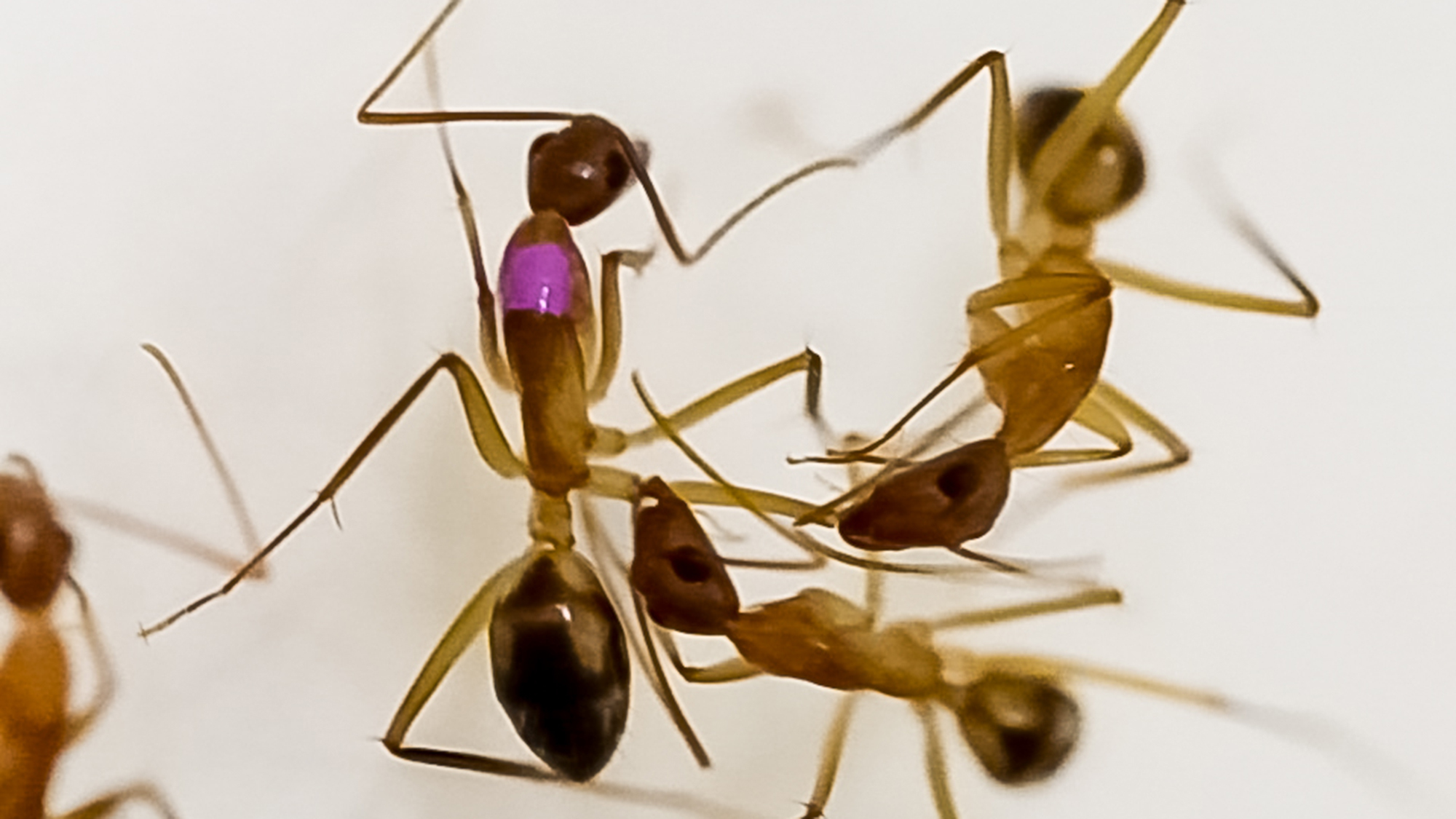
In the sweltering heat of Florida, a battlefield for carpenter ants (Camponotus floridanus) is never far from sight. These half-inch long ants are known for their territorial nature and violent encounters with rival colonies in the Southeast. Combat can leave the ants injured, but they have evolved a unique method of wound treatment: amputation.
Scientists have discovered that carpenter ants bite off the injured limbs of their nest mates to prevent infection and save their lives. This behavior was first observed in Florida carpenter ant colonies by researchers at the University of Würzburg and published in the journal Current Biology on July 2, 2024.
The ants assess the type and location of injuries before deciding on a course of action. For upper leg injuries, they perform amputations to prevent further damage and infection. Lower leg injuries are treated with grooming to clean the wound.
This is the first known case of an ant species using amputation for injury treatment. Other ant species tend to their wounded by licking their wounds clean, but this behavior marks a significant leap in medical practices within the insect kingdom.
The researchers observed that injured ants present their legs to other ants, who then bite ferociously without complaint. The amputating ant carefully bites through the leg at the joint and removes it completely. The process is quick and efficient, ensuring minimal damage to both parties involved.
Unpublished data from another carpenter ant species, Camponotus fellah, suggests that they also exhibit similar amputation behavior. This discovery raises questions about their intelligence and ability to feel pain.
The ants' survival is the priority in this process as they do not regrow lost legs. The cooperation between ants during the amputation procedure seems freely given, with no signs of aggression or resistance from the injured ant.
This groundbreaking discovery sheds light on the complex behaviors and medical practices within ant colonies, further highlighting their intricate social structures and adaptability.





